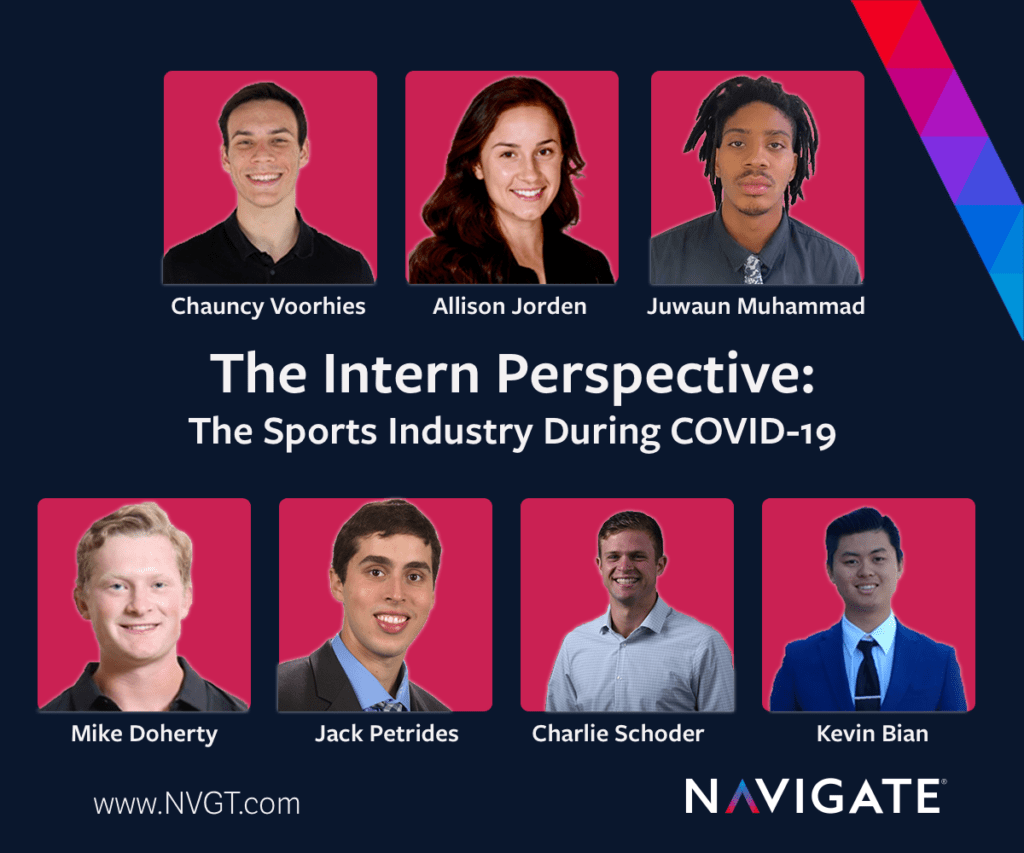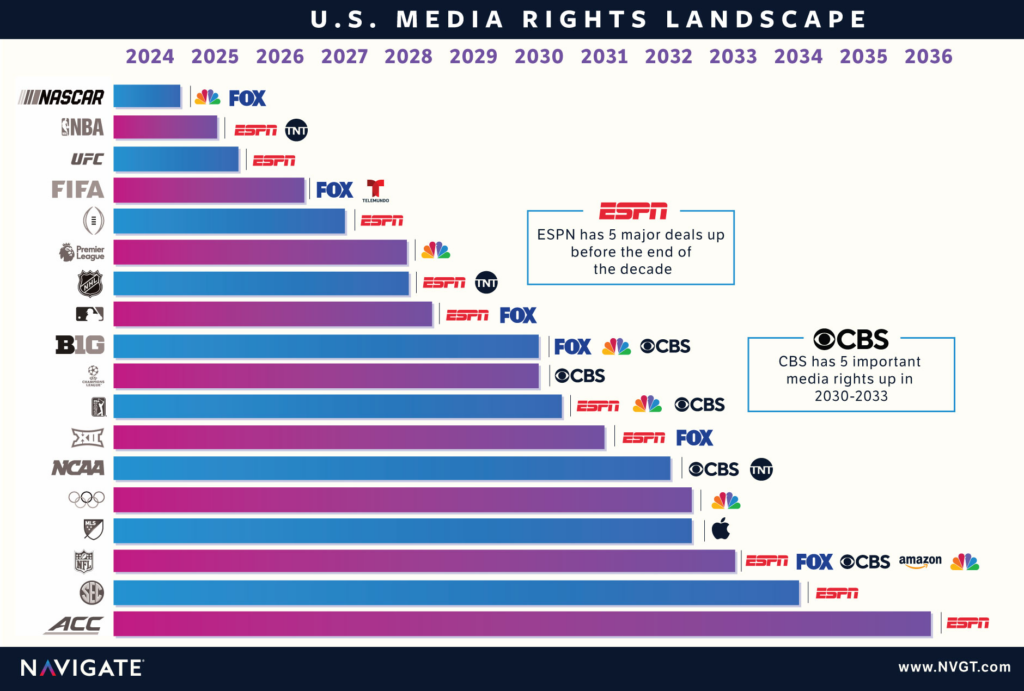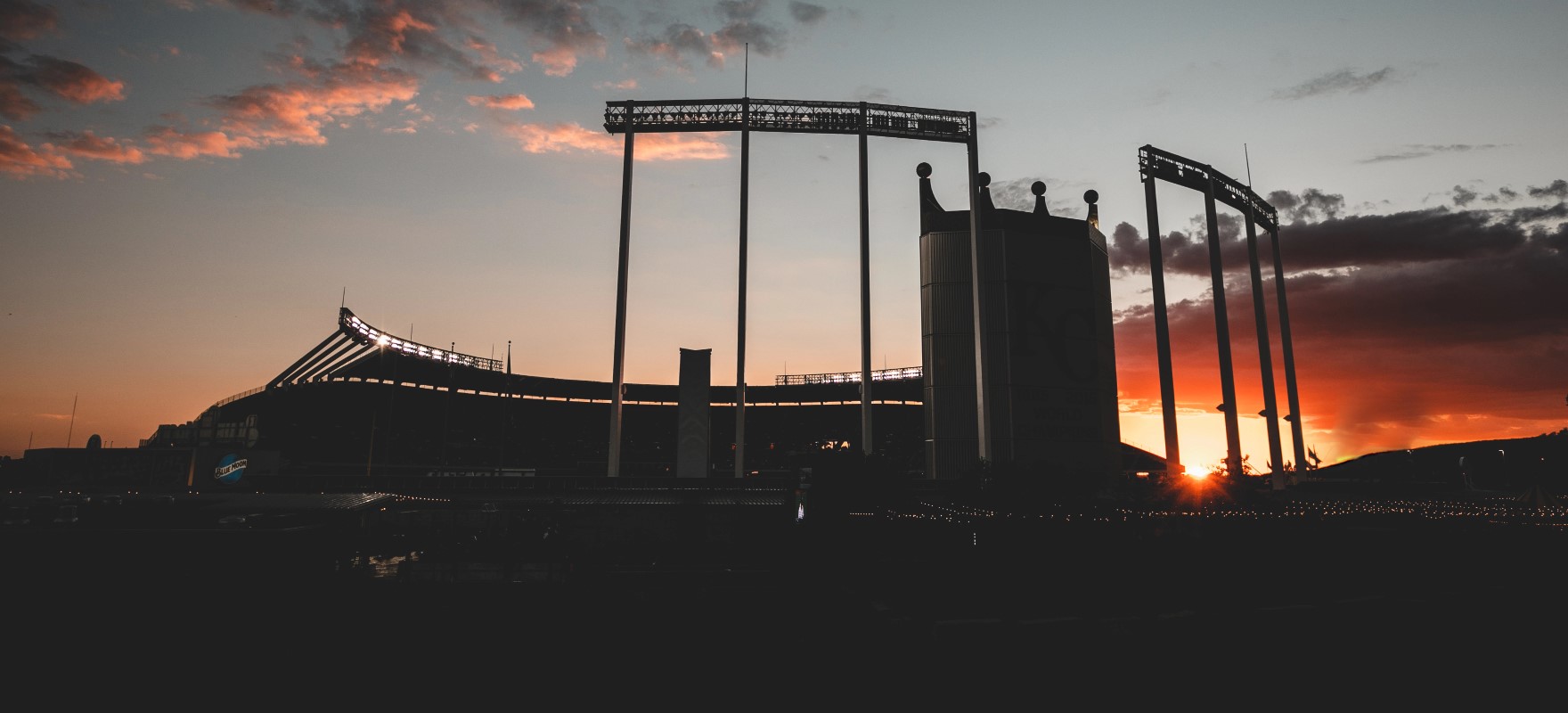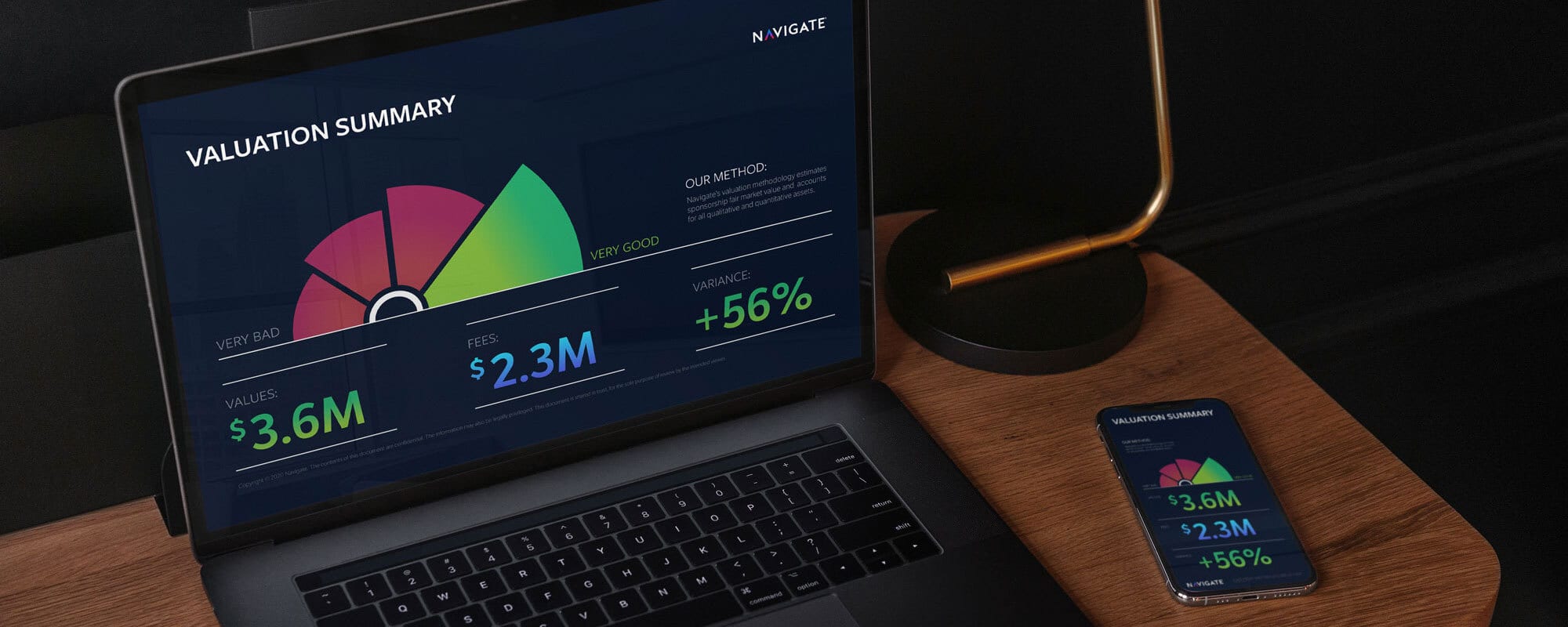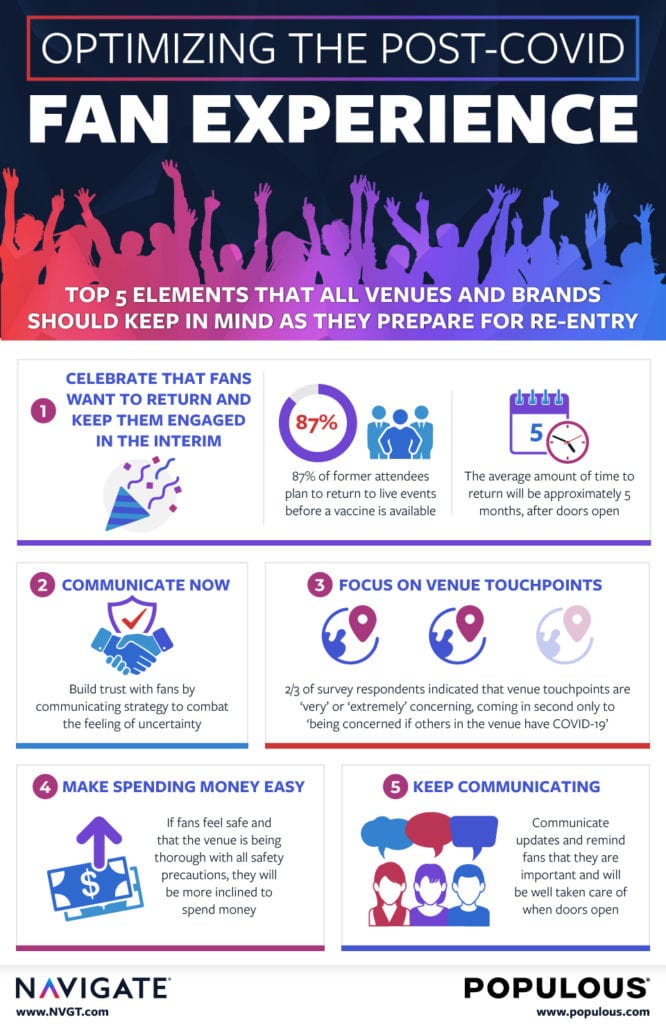
Optimizing the Post-COVID Fan Experience
As we make our way through the volatile COVID-19 pandemic, we continue to find ourselves at a crossroad with what to prioritize and how we move forward. We tend to reference how things once were in the sports and entertainment industry ‘pre-COVID’ while simultaneously strategizing for what is to come. This is especially true when forecasting the new normal of mass public gatherings, with the north star of venues opening for fans to return. We have probably all heard the words ‘uncharted waters’ one too many times now, but it perfectly depicts the scenario the industry finds itself in when it comes to preparing and anticipating how to meet the wants and needs of the fans, argued to be the most vital piece of the industry.
Of utmost importance is answering the question, what happens when fans can return? We know that sports and entertainment venues have been closed for many months; some are now opening with no fans in the stands, and some are opening with limited fans. Regardless of where properties are in this current stage, there will come a time when all venues will re-open, and the in-venue fan experience will need to look a lot different than it did pre-COVID-19.
Many aspects of this new experience will be driven by CDC guidelines, as well as league-specific and venue-specific mandates; however, the onus will be on the property to think through each and every step of the fan experience to create a safe and welcoming space for fans to return to. It is worth emphasizing that every property is unique, providing unique entertainment to attendees, and should keep this in mind when revamping the attendee experience.
Populous, a global design firm, was quick to recognize the industry’s need for thought leadership on the future of the attendee experience. Navigate collaborated with Populous to conduct research in Summer 2020 among fans in the U.S. and Canada who attended sporting and entertainment events in person pre-COVID-19. The research focused on attitudes, motivators, and anticipations of returning to live, in-person experiences. Ultimately, Populous wanted to understand what fans would need to feel safe and eager to return. Populous then shared the findings with their clients to help them create a successful re-entry plan.
Although the experience looks different between a music festival, NFL game and an NCAA basketball game, there are key elements from the research that all venues and brands should keep in mind as they prepare and await the green light for re-entry:
- Celebrate that fans want to return and keep them engaged in the interim – Attending sporting and entertainment events remains a passion among fans. The survey revealed that 87% of former attendees plan to return to live events before a vaccine is available. This provides a strong indication that fans anticipate future attendance, and excitement needs to be fostered in all possible ways. This is especially true as fans are not 100% sure as to how soon they will re-enter after the all-clear. The study found that the average amount of time to return will be approximately 5 months (after doors open), and thus venues should be prepared at all demand levels as sentiment may fluctuate with new information. These findings are on par with a similar study Navigate conducted separately, providing additional confidence to the projections.
- Communicate now – The loudest theme that emerged from Populous’ study was the feeling of uncertainty. Fans are curious about what the new experience will look like, and they also have fear-based questions. They want to know what the venue space will look like, what changes will be made, and most importantly they want to know that they will be kept safe. They need to know that the venue is planning and being prepared as thoroughly as possible. It is imperative that trust is built among all venue fan bases. This starts by communicating details of what venues are currently doing, what they are currently monitoring, and sharing updates whenever available/worthy. The communication should start now. If you do not have a communication strategy mapped out, it is essential to create a plan to own your narrative during COVID-19 and shape the experiences (in-person or virtual) throughout the pandemic.
- Focus on venue touchpoints – The second major theme from the study was more specific with how the venue touchpoints will be maintained. Two-thirds of survey respondents indicated that venue touchpoints (doors, bathrooms, seating, concession areas, etc.) are ‘very’ or ‘extremely’ concerning, coming in second only to ‘being concerned if others in the venue have COVID-19’. Fans have had plenty of time to think about what their previous experiences were like and wondering how venues will be updating their standards. Fans now want to know (and visibly see) that shared venue touchpoints are sanitized and disinfected before, during, and after events and that cleanliness/safety is top of mind. They also want to ensure there are guidelines in place (in addition to social distancing) for both staff and attendees to keep the venue touchpoints clean and safe. There is just as much concern that other attendees follow the rules as there is concern for the touchpoints alone, and thus follow-through on safety and cleaning protocols is important.
- Make spending money easy – One of the biggest questions Populous wanted to answer was, “Will fans spend money when they return? Will they want to buy food and merchandise?” Although we can’t reveal all the insights from the study, it is worth noting that many fans do anticipate spending money, but the ‘on what’ and ‘how much’ depends largely on the venue conditions/procedures/conveniences. The study found that if fans feel safe and that the venue is being transparent and thorough with all safety precautions (again building trust and certainty), they will be more inclined to spend money. It is crucial for all venues to think about the safety concerns of their attendees, how they can make the fan experience as contactless as possible and/or sanitized as possible, and how that impacts any areas of the fan experience that typically entail human interaction (payments, ticketing, ingress/egress, etc.)
- Keep communicating – The need to foster fans never ends. This was true pre-COVID-19 but is now paramount. Not only are fans eager to consume content, they want to know what is happening with their favorite teams, leagues, and entertainment spaces as things change rapidly and we continue to navigate the COVID-19 ‘uncharted waters’ together. Communicate often and authentically. Communicate what you are working on or hope to achieve with goal of managing fan expectations. Communicate updates and remind fans that they are important, they matter, and they will be well taken care of whenever the doors open.
We are all interested in what the new fan experience will look like. In the past many of us may have gone on autopilot when parking, entering, going through security, finding our seats, getting food + beverage, and experiencing the event. In the future, fans will be much more aware when attending large scale, in-person events. A lot of focus will be put on each detail, and fans will likely be hypercritical as they consider the safety of themselves and their community like they never had to before. It is important that the new fan experience is reviewed and updated (likely several times as new information becomes available) before the doors eventually open. How will you optimize the new fan experience?
If you’d like to learn more about this study or review more detailed results of the research, please reach out to Ally Corbin – Ally@NVGT.com.



